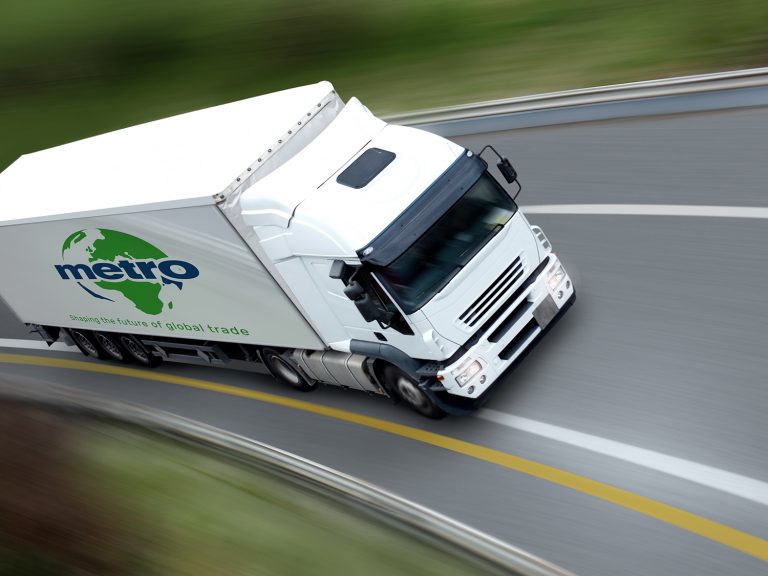
Date:
GVMS, the UK’s border IT system with the EU
Technology is the solution to the efficient movement of goods between Great Britain and the EU, and the mainland with Northern Ireland in the post-Brexit transition world.
Live for GB/NI trade since the 1st January 2021, the Goods Vehicle Movement Service (GVMS) is a critical border tool partially deployed by HMRC, that was still in development as the end of the transition period loomed, going live for testing on the 14th December and operational on the 23rd, just days before the end of the transition period.
With only five days from the announcement of the new trade deal with the EU to the end of the Transition period, some confusion was inevitable and unavoidable with the late timing, but the simplifications that have kept traffic from the EU moving don’t apply to movements between the mainland and Northern Ireland.
Compliance and delay issues which have been rampant at the GB/NI border are due, in part, to businesses not having a full understanding of GVMS and the new border requirements for moving goods to and from Northern Ireland.
Industry associations, including Logistics UK and the RHA, have called for the government to step up communication with industry to ensure that GB/NI loads can be dispatched with the correct paperwork and declarations, that will apply to all EU/UK movements from the 1st July.
Our customs team have followed the disruption following the GB/NI border process introduction and are concerned that these experiences will be as nothing, when the current ‘light-touch’ regime for EU imports ends on the 1st July, in less than 4 months from now.
The current process expedites inbound trucks and allows cargo to move, even when it shouldn’t, and is masking the ignorance of the new processes, that permeates many forwarders, hauliers and shippers. This process is a temporary arrangement to be used for six months called EIDR (Entry In Declarants Record) and will still require a full import customs submission, after the deferred period expires.
While exports are generally settling down, July will bring a massive requirement for extra entries and information, which will inevitably lead to delays as many hauliers will simply not understand the documents, processes, or the responsibility they have been given.
PROTECT YOUR EU SUPPLY CHAIN – If you are not a customer of Metro, we would urge you to become one, or speak to your retained forwarder to ensure they – and their hauliers – understand and are prepared for the changes to EU imports from the 1st July. It could lead to further disruption as rules are ‘tightened’ by UK and EU authorities in line with the terms of the Free Trade Agreement.
The Goods Vehicle Movement Service (GVMS) issues Goods Movement Reference or GMR that link declaration references, so that the entity moving the goods (e.g. the haulier) only has to present the GMR at the frontier to prove that their goods have pre-lodged all the necessary declarations.
Crucially GVMS enables the automatic arrival / departure of goods and clears cargo, so that by the time they physically arrive in the UK, drivers know where they need to proceed.
Although GVMS does not cover all goods movements until July 2021, when moving goods currently from GB into NI it is always required to provide a GMR.
This is a new requirement at ports using the Goods Vehicle Movement Service and it is not permitted to move goods without a goods movement reference, risking delays at the port. The process is still unwinding for a larger scale integration and interpretation by various countries involved and we will continue to keep you updated on the impact that could affect future overland movements with Europe.
Shippers sending goods must:
- Check if the port where the goods are arriving is using the Goods Vehicle Movement Service because they need to pre-lodge declarations.
- Before the goods arrive at the departure port they must give the haulier their movement reference numbers from any safety and security declarations, import or export declaration, TIR and ATA carnet numbers.
- If goods are travelling under common and union transit, they must give the haulier the transit accompanying document, as well as the movement reference numbers for any safety and security declarations.
Please contact Andrew White, leading our customs and brokerage business unit, for further information and assistance on this or any other border control measures with the new trading environment with the EU.
